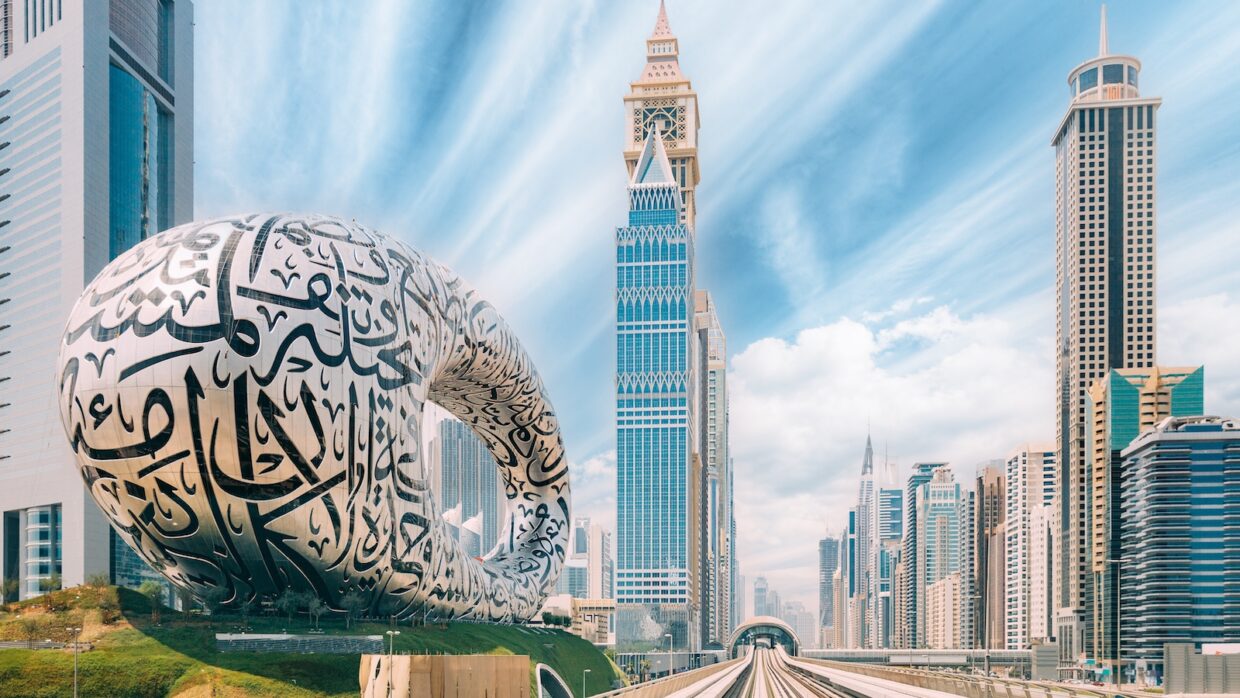|
Getting your Trinity Audio player ready...
|
Dubai, a city long associated with luxury and innovation, is venturing into uncharted territory: the intersection of art and Web3 technology. As Non-Fungible Tokens (NFTs) captivate global attention, one must ask: Is Dubai merely riding the wave, or is it setting a new standard for the future of art and technology?
Dubai’s art scene is no stranger to opulence, with its rich tapestry ranging from the classical pieces at the Louvre Abu Dhabi to contemporary installations. Yet, the city’s latest endeavor involves a “phygital” space within the Dubai Mall, led by ventures like ftNFT. Here, patrons can acquire NFTs using conventional credit card payments. But what does this mean for the traditional art market? Is the physical art space facing obsolescence, or is this a harmonious evolution?
Danilo Carlucci of Morningstar Ventures is set to launch 37xDubai, a project that aims to be more than just an art gallery. Situated in the Dubai International Financial Center, a hub already embracing Web3 technologies, 37xDubai plans to educate its visitors about the expansive Web3 ecosystem. The question arises: Can art galleries serve as effective educational platforms for complex technologies like blockchain?
The envisioned experience at 37xDubai is far from traditional. Patrons can interact with NFT terminals, undergo full-body 3D scanning, and even acquire a unique membership token inspired by art installations. This raises another question: Are these interactive features enhancing the art experience, or are they overshadowing the art itself?
Dubai’s foray into integrating NFTs into its art scene could have ripple effects far beyond its borders. By democratizing art ownership and offering educational insights into blockchain, the city could be setting a new global standard. However, is this approach scalable and applicable to other cultural contexts, or is it uniquely suited to a city known for its extravagance?



